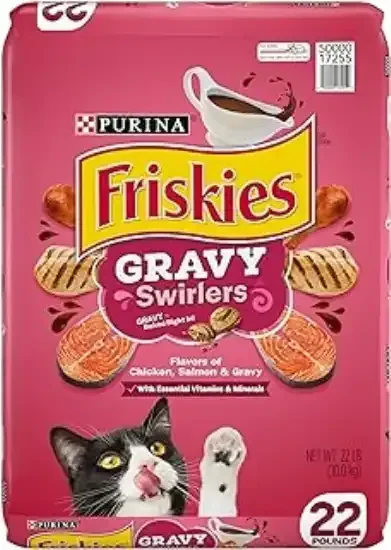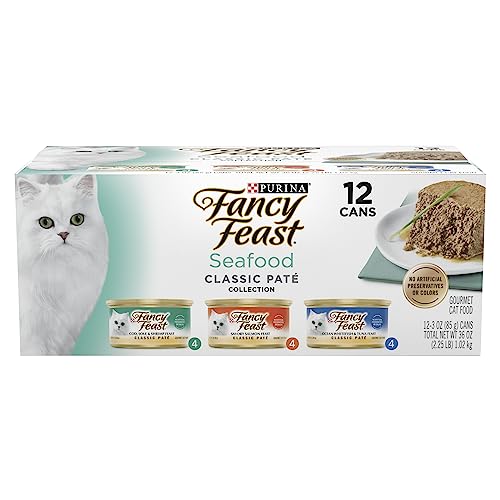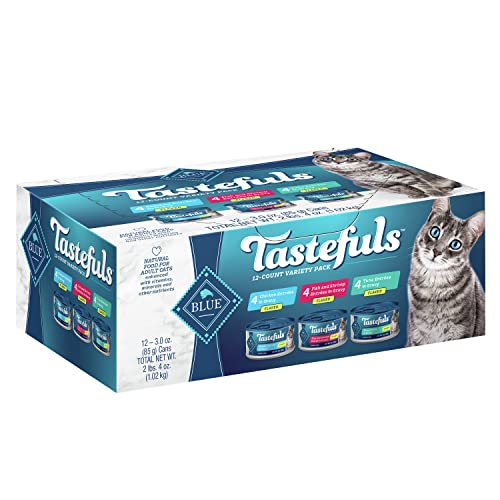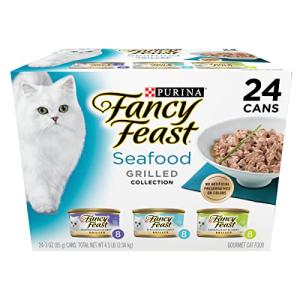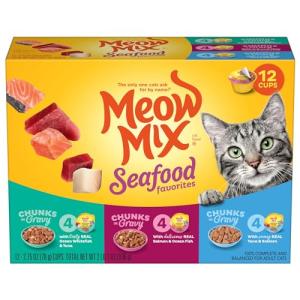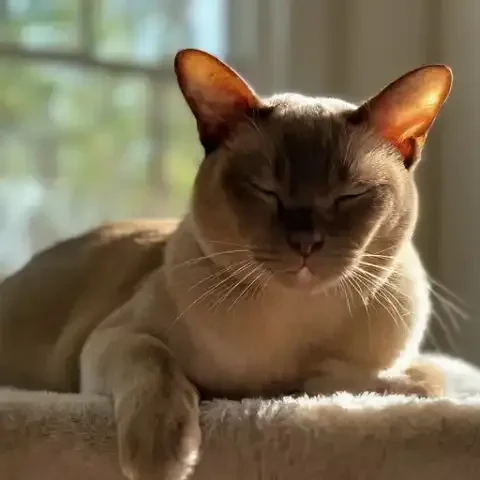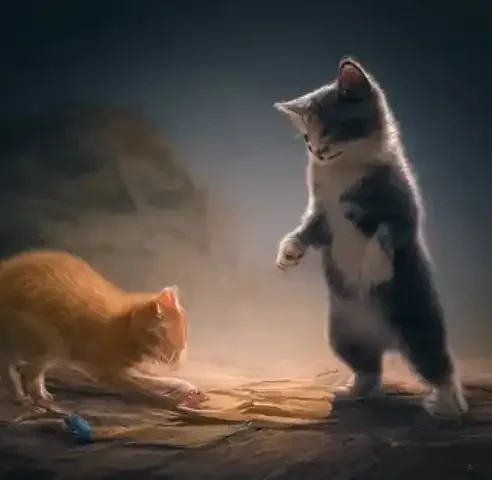Introduction
Cats are beloved companions for millions of people worldwide, and as pet owners, ensuring their well-being is paramount. One of the fundamental aspects of cat care revolves around their nutrition, and the choice between wet and dry cat foods is a crucial decision that every cat owner must make.
Brief Overview of Wet and Dry Cat Foods
Wet cat food typically comes in cans or pouches and contains a higher moisture content compared to its dry counterpart. It often boasts a variety of flavors and textures, enticing even the pickiest of felines. On the other hand, dry cat food, commonly found in bags, is convenient to store and tends to be more cost-effective. It promotes dental health through the chewing action required to consume it.
Importance of Choosing the Right Type of Food for Your Cat
Selecting the appropriate type of food for your cat is not just about filling their bellies; it's about providing them with the essential nutrients they need to thrive. Cats have specific dietary requirements that must be met to maintain optimal health and longevity. From kittenhood to senior years, their nutritional needs evolve, making it crucial to tailor their diet accordingly. Moreover, certain health conditions or sensitivities may necessitate a specialized diet.
Purpose of the Article: To Analyze the Pros and Cons of Both Wet and Dry Cat Foods
In this article, we delve into the pros and cons of both wet and dry cat foods to help cat owners make informed decisions about their feline companions' diets. By examining the advantages and drawbacks of each type of food, we aim to provide clarity and guidance, empowering pet owners to choose the most suitable option for their furry friends. Whether you're a new cat parent or a seasoned enthusiast, understanding the nuances of wet and dry cat foods is essential for promoting your cat's health and well-being.
Wet Cat Food: Pros and Cons
Pros
High Moisture Content Aids in Hydration: Wet cat food typically contains a high moisture content, which can help keep your cat hydrated, especially if they don't drink enough water. This is particularly beneficial for cats prone to urinary tract issues or those living in hot climates where hydration is crucial.
Palatability and Variety of Flavors: Wet cat food often comes in a wide array of flavors and textures, making it more appealing to finicky eaters. The variety available allows owners to cater to their cat's preferences and rotate flavors to prevent boredom.
Beneficial for Cats with Dental Issues or Those Prone to Urinary Tract Problems: Some cats may have dental problems or difficulty chewing dry kibble. Wet cat food provides a soft texture that is easier on sensitive teeth and gums. Additionally, certain formulations of wet cat food can help maintain urinary tract health by promoting increased water intake.
Cons
Perishable Nature Requires Refrigeration and Careful Handling: Unlike dry cat food, wet cat food is perishable and must be refrigerated once opened. Failure to store it properly can lead to spoilage and bacterial contamination, posing health risks to your cat.
Higher Cost Compared to Dry Food: Wet cat food tends to be more expensive than dry cat food on a per-serving basis. This can strain the budget, especially for households with multiple cats or those feeding larger breeds.
Potential for Contributing to Dental Plaque and Tartar Buildup: While wet cat food can be beneficial for cats with dental issues, it can also contribute to the buildup of plaque and tartar on their teeth if proper dental care is not maintained. The soft texture of wet food may not provide enough abrasion to naturally clean teeth, increasing the risk of dental problems over time.
Understanding the pros and cons of wet cat food is essential for making informed decisions about your cat's diet. While it offers hydration benefits and palatability, it also comes with considerations such as cost and dental health implications that should be carefully weighed.
Dry Cat Food: Pros and Cons
Pros
Convenient Storage and Longer Shelf Life: Dry cat food is highly convenient to store, requiring no refrigeration after opening. Its longer shelf life means you can purchase in bulk without worrying about spoilage, making it an excellent option for busy pet owners.
Promotes Dental Health Through Chewing Action: The crunchy texture of dry cat food helps promote dental health by mechanically cleaning your cat's teeth as they chew. This can reduce the buildup of plaque and tartar, lowering the risk of dental issues such as gingivitis and periodontal disease.
Generally More Economical Option: Dry cat food tends to be more economical than wet cat food on a per-serving basis. Its lower cost makes it an attractive choice for budget-conscious pet owners or those feeding multiple cats.
Cons
Lower Moisture Content May Lead to Dehydration: Dry cat food contains significantly less moisture than wet cat food, which may not provide adequate hydration for some cats. Cats are notorious for not drinking enough water, so relying solely on dry food may increase the risk of dehydration, especially in cats with kidney or urinary tract issues.
Limited Flavor Options Compared to Wet Food: Dry cat food typically offers fewer flavor options and may lack the variety and palatability of wet cat food. This can be a drawback for picky eaters or cats who prefer a wider range of tastes and textures in their diet.
Some Cats May Develop a Preference for Wet Food, Making It Challenging to Switch: Introducing wet food after a cat has become accustomed to dry food can be challenging, as some cats develop a preference for the moisture and texture of wet food. Switching from dry to wet food may require patience and gradual transition to avoid digestive upset or refusal to eat.
Understanding the pros and cons of dry cat food is essential for making informed decisions about your cat's diet. While it offers convenience, dental health benefits, and affordability, it also comes with considerations such as hydration, flavor preferences, and potential challenges in transitioning between food types.
Factors to Consider When Choosing Between Wet and Dry Cat Food
Choosing between wet and dry cat food can be a significant decision for cat owners, and several factors should be taken into account to ensure the best choice for your feline companion's health and well-being.
Cat's Age, Health Condition, and Dietary Requirements:
Consider your cat's age and life stage. Kittens, adult cats, and seniors have different nutritional needs, which may influence the type of food that is most appropriate.
Take into account any health conditions your cat may have, such as kidney disease, urinary tract issues, or dental problems. Certain conditions may benefit from the higher moisture content of wet food or the dental health benefits of dry food.
Consult with your veterinarian to determine any specific dietary requirements your cat may have and whether wet or dry food is better suited to meet those needs.
Owner's Lifestyle and Preferences:
Consider your own lifestyle and schedule when choosing between wet and dry cat food. Dry food may be more convenient for busy owners or those who travel frequently, as it can be left out for longer periods without spoiling.
Some owners may prefer the convenience of dry food for its easy storage and longer shelf life, while others may prioritize the palatability and variety of wet food.
Budget Considerations:
Evaluate your budget and the cost of both wet and dry cat food options. While dry food tends to be more economical on a per-serving basis, wet food may provide certain health benefits that could justify the higher cost.
Factor in any additional expenses, such as veterinary bills for managing health conditions that may be influenced by diet, when considering the overall cost of feeding your cat.
Veterinary Recommendations:
Seek guidance from your veterinarian when making decisions about your cat's diet. Veterinarians can provide valuable insight into your cat's specific nutritional needs and any health considerations that may influence the choice between wet and dry food.
Your veterinarian may recommend a specific type or brand of food based on your cat's age, health condition, and dietary requirements, ensuring that your cat receives the best possible nutrition for their individual needs.
By carefully considering these factors and consulting with your veterinarian, you can make an informed decision about whether wet or dry cat food is the most suitable option for your cat's health, lifestyle, and dietary preferences.
Conclusion
In the journey of providing optimal care for our feline companions, the choice between wet and dry cat food holds significant weight. As we conclude our exploration, let's recap the pros and cons of both options and underscore the importance of considering each cat's unique needs.
Recap of the Pros and Cons of Wet and Dry Cat Foods:
Wet Cat Food:
Pros: High moisture content aids in hydration, palatability and variety of flavors, beneficial for dental and urinary tract health.
Cons: Perishable nature requiring refrigeration, higher cost, potential for dental plaque and tartar buildup.
Dry Cat Food:
Pros: Convenient storage, promotes dental health, generally more economical.
Cons: Lower moisture content may lead to dehydration, limited flavor options, some cats may prefer wet food.
Emphasize the Importance of Considering Individual Cat's Needs:
Every cat is unique, with their own dietary requirements, health conditions, and preferences. What works well for one cat may not be suitable for another. It's crucial for cat owners to carefully assess their cat's age, health condition, lifestyle, and dietary preferences when making decisions about their diet. Whether it's the hydration needs of a senior cat or the dental health considerations for a younger one, tailoring their diet to meet their individual needs is paramount.
Encourage Pet Owners to Consult with Veterinarians for Personalized Dietary Recommendations:
When in doubt, the expertise of a veterinarian is invaluable. Veterinarians can provide personalized dietary recommendations based on your cat's specific health condition, nutritional requirements, and any special considerations. Consulting with a veterinarian ensures that your cat receives the best possible nutrition, promoting their overall health and well-being.
In conclusion, the choice between wet and dry cat food is not a one-size-fits-all decision. By weighing the pros and cons, considering your cat's individual needs, and seeking guidance from a veterinarian, you can make informed choices that support your cat's health and happiness for years to come.
